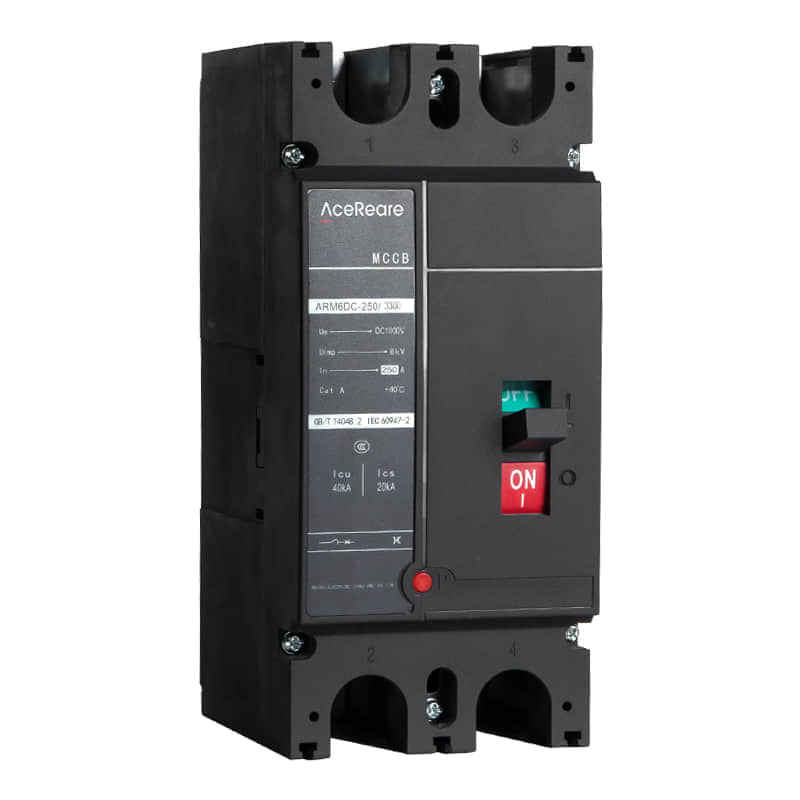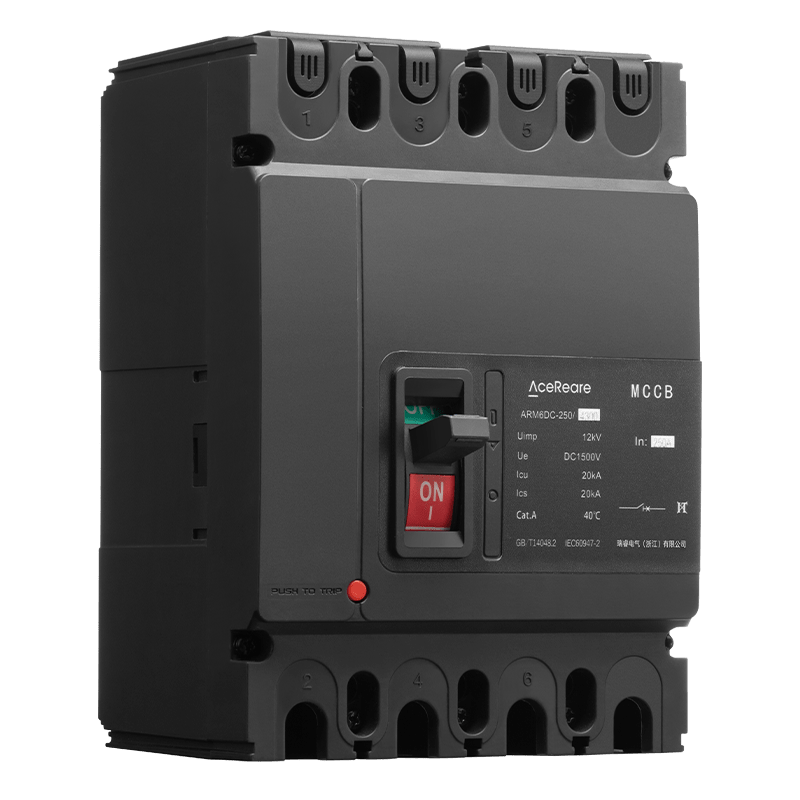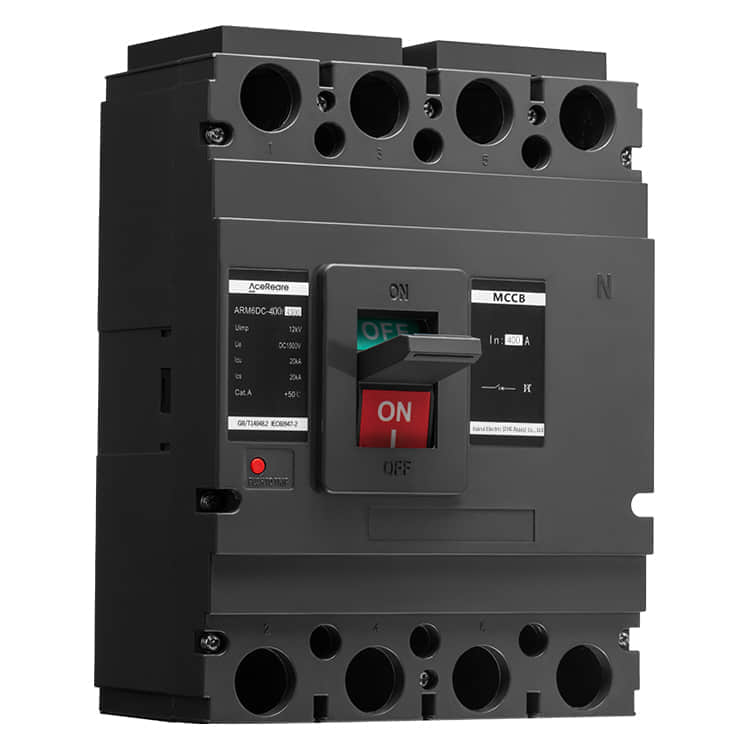In the realm of renewable energy, solar power stands as a prominent contender for a sustainable future. Photovoltaic (PV) systems, which convert sunlight into electricity, have gained considerable traction in recent years. However, the safety and efficiency of these systems require robust components, one of which is the Photovoltaic DC Circuit Breaker. This article delves into the significance of PV DC circuit breakers in solar installations, their functionality, and their role in ensuring the reliability of solar energy systems.

Ensuring Safety in Solar Installations

PV systems generate electricity in the form of direct current (DC), which poses unique challenges in terms of safety and maintenance. Unlike alternating current (AC), DC does not naturally experience zero-crossing points, making it prone to arcing and posing a higher risk of fire and electrical hazards. PV DC circuit breakers play a crucial role in mitigating these risks by interrupting the current flow in case of overloads, short circuits, or other faults. Functionality and Components A Photovoltaic DC Circuit Breaker is a protective device that monitors the current flow in a solar installation’s DC circuit. It consists of several key components: Current Sensor:This component measures the current passing through the circuit. It continuously monitors the current levels and sends signals to the control unit. Control Unit:The control unit processes the signals from the current sensor and determines whether the current exceeds safe limits. If an overcurrent condition is detected, it triggers the circuit breaker to trip, thus interrupting the current flow. Tripping Mechanism:The tripping mechanism physically interrupts the circuit by opening the contacts. This action rapidly stops the current flow, preventing damage or hazards. Reset Mechanism:After a trip event, the circuit breaker can often be manually or automatically reset, depending on the specific design. However, thorough investigation of the cause of the trip is essential before resetting. Key Benefits Fire Prevention:By swiftly interrupting the current during faults, PV DC circuit breakers reduce the risk of arcing and subsequent fires, thereby enhancing the safety of the entire installation. Equipment Protection:Overcurrent events can damage valuable components within the PV system. Circuit breakers safeguard these components by preventing excessive current flow. Maintenance Facilitation:Circuit breakers make it easier to isolate faulty sections of the PV array for maintenance or repairs without disrupting the entire system. Compliance:Many jurisdictions and safety standards mandate the use of PV DC circuit breakers to ensure the safe operation of solar installations. Integration and Future Trends As the solar industry continues to grow, innovations in PV DC circuit breakers are also emerging. Smart circuit breakers equipped with communication capabilities are being developed. These can transmit real-time data on current levels and fault occurrences, enabling remote monitoring and faster responses to potential issues. Additionally, advancements in materials and designs are enhancing the reliability and efficiency of these devices. Conclusion The adoption of renewable energy sources like solar power is vital for a sustainable future. Photovoltaic DC circuit breakers stand as guardians of these systems, ensuring safe and efficient operation. With their ability to rapidly detect and interrupt overcurrent events, these devices play a pivotal role in preventing hazards, protecting equipment, and facilitating maintenance. As technology evolves, we can expect even more sophisticated circuit breakers that contribute to the growth and reliability of solar energy systems around the world.
